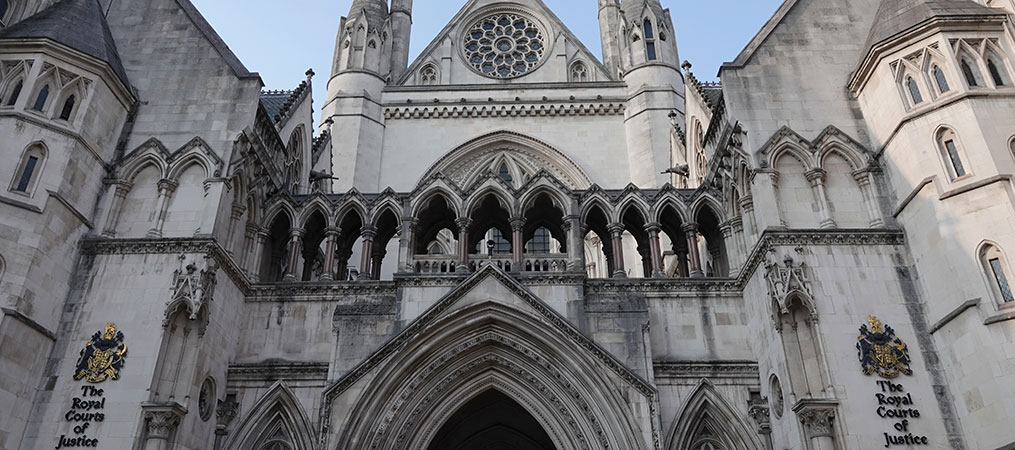
Criminal damage
Simon Parsons considers the Colston four Court of Appeal judgment and what it means for future protests and human rights protection

Last year, four defendants charged with criminal damage for toppling the statue of the slaver, Edward Colston, in Bristol were found not guilty by a jury. The statue had been pulled down and thrown into Bristol harbour as part of a Black Lives Matter protest in 2020, held after the murder of George Floyd by a US police officer in May that year.
The jury heard that Bristol City Council had rejected demands made over many years to remove or rename the statue which celebrated Colston – a slave trader who had caused the enslavement of 84,000 black people and the deaths of more than 19,000 – as “one of the most virtuous and wise sons” of Bristol.
The law
The defendants had asserted that a conviction would be disproportionate, having regard to their rights to freedom of conscience and belief, freedom of expression and freedom of association, protected by articles 9, 10 and 11 of the European Convention on Human Rights, as balanced against the property rights of the people of Bristol (article 1 of the first protocol). The judge allowed this defence to go to the jury, saying: “Are you sure that convicting [the defendants] of criminal damage would be a proportionate interference with their rights to freedom of thought and conscience, and to freedom of expression?”
The Attorney General can refer a point of law for consideration of the Court of Appeal following an acquittal of a defendant tried in the Crown Court, under section 36 of the Criminal Justice Act 1972, although that does not mean the acquittal itself is in jeopardy. In this case, to prevent the Crown Court decision from becoming a persuasive precedent, the then Attorney General, Suella Braverman, referred the acquittal of the Colston four to the Court of Appeal to clarify whether the judge was right to allow the human rights defence to go the jury.
The reference
The issue for the Court of Appeal was the extent to which the convention rights in UK law sanction the use of violence against property during protest, thereby giving a lawful excuse for causing damage to property which would otherwise be the offence of criminal damage.
The court gave its opinion in Attorney General's Reference (No 1 of 2022) [2022] EWCA Crim 1259. It stated that prosecution and conviction for causing significant damage to property during protest would fall outside the protection of the convention, either because the conduct in question was violent or not peaceful or, if peaceful, prosecution and conviction would clearly be proportionate.
“The issue for the Court of Appeal was the extent to which the convention rights in UK law sanction the use of violence against property during protest”
The court referred to the Strasbourg jurisprudence which supports this assertion and maintains that nothing in the leading Supreme Court case in this field – DPP v Ziegler [2021] UKSC 23 – prevents it. Thus, scrawling a message on a pavement using water soluble paint might technically be criminal damage but to prosecute or convict for doing so as part of a political protest might well be a disproportionate response. For anything more, a conviction might be proportionate but violently pulling down a statue is always outside the protection of the convention.
The court concluded that the convention does not provide protection to those who cause criminal damage during protest which is violent. Articles 9, 10 and 11 are not engaged in those circumstances and no question of proportionality arises. In addition, prosecution and conviction for causing significant damage to property, even if inflicted in a ‘peaceful’ way, would not be disproportionate in convention terms. As this case involved violent damage to the Colston statue, the judge was therefore wrong to allow the defence to go to the jury.
This decision is not surprising, and it gives a clear steer to criminal courts that the convention argument will not wash in cases of criminal damage to public monuments unless that damage is very minor. The Court of Appeal continues to narrow the ambit of the decision in Ziegler. Parliament has also intervened since, as part 2 of the Police, Crime, Sentencing and Courts Act 2022 amends the Magistrates’ Courts Act 1980 with the effect that an offence of criminal damage by destroying or damaging a memorial is triable either way, even if the value involved is small.
There is also the Bill of Rights Bill currently before Parliament. The government maintains that the Bill will strongly protect freedom of expression, as clause 4 directs the courts to give “great weight” to the importance of this freedom, but not when there is an exercise of state power in criminal proceedings. This is squarely aimed at the Colston four. The courts will not be able to check the state from infringing free expression – very odd for a bill of rights, considering that such bills around the world tend to protect citizens from threats to free speech posed by the state.
Simon Parsons is a Chartered Legal Executive and associate lecturer at Bath Spa University
